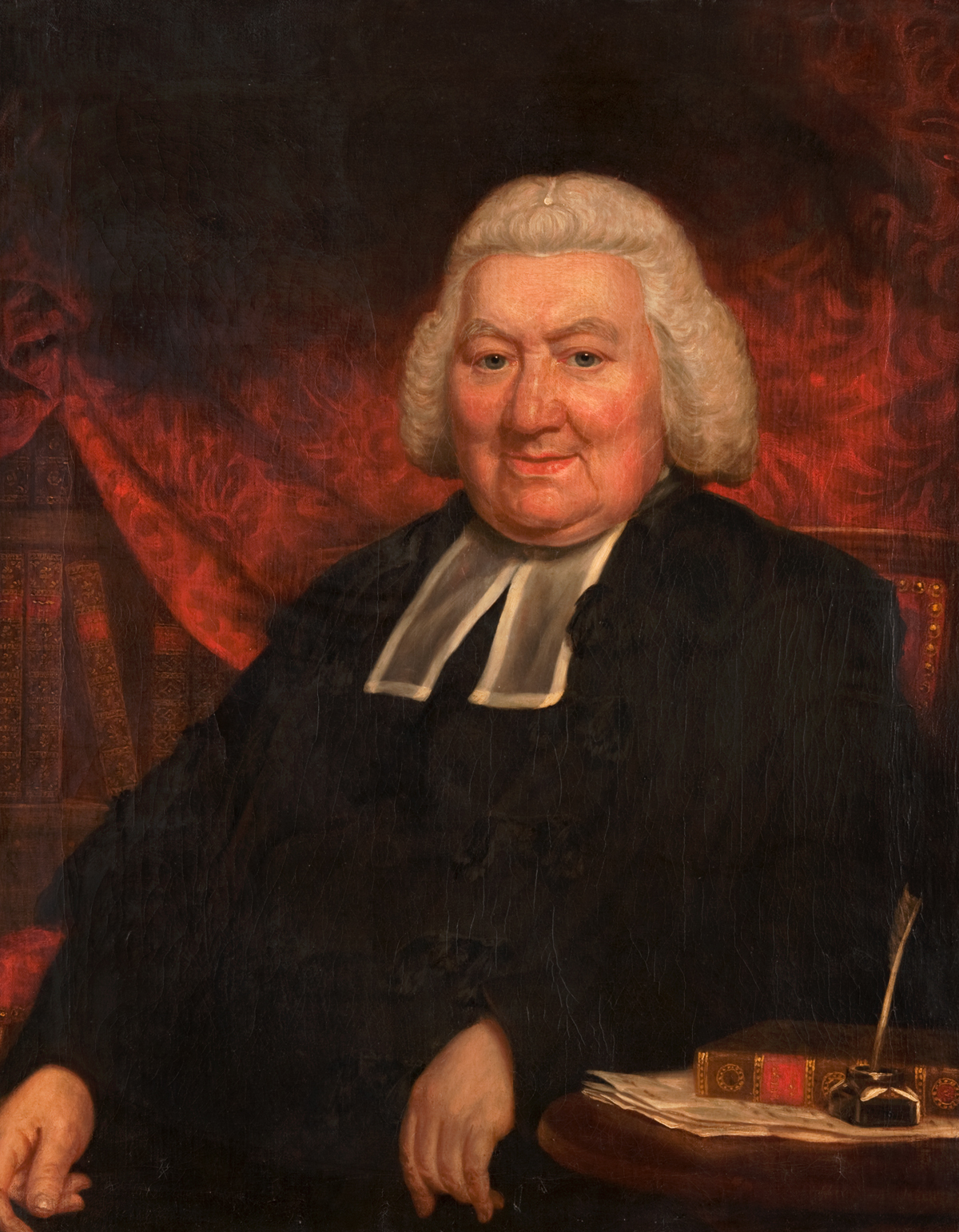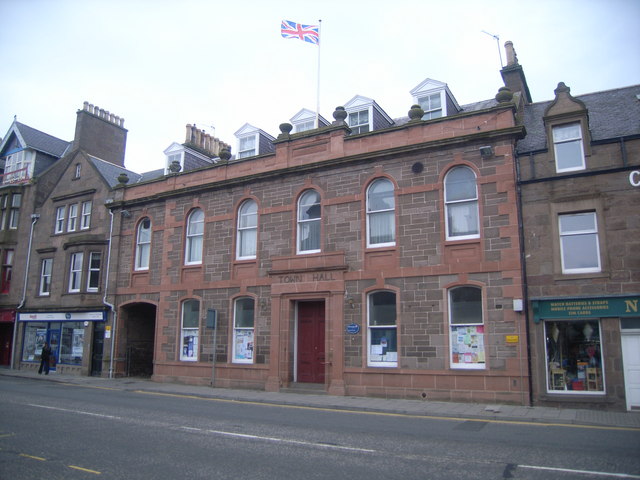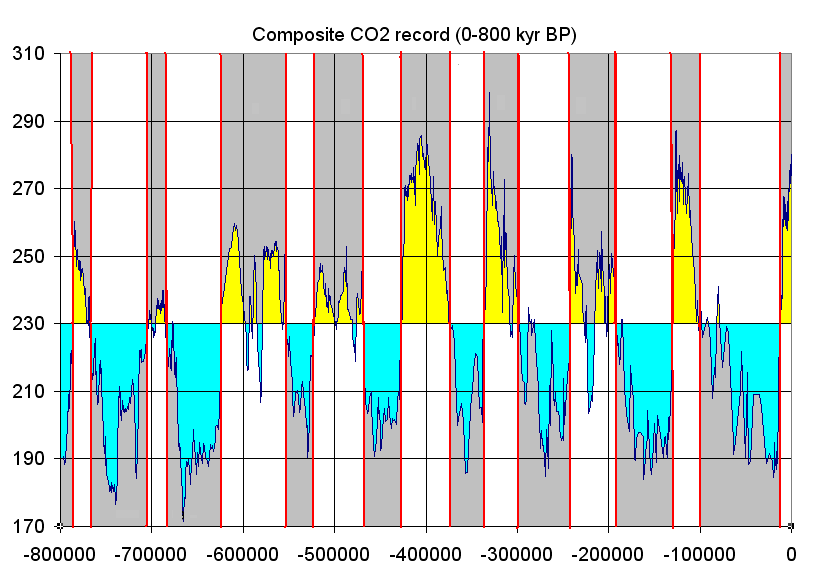|
Central Lowlands
The Central Lowlands, sometimes called the Midland Valley or Central Valley, is a geologically defined area of relatively low-lying land in southern Scotland. It consists of a rift valley between the Highland Boundary Fault to the north and the Southern Uplands Fault to the south. The Central Lowlands are one of the three main geographical sub-divisions of Scotland, the other two being the Highlands and Islands which lie to the north, northwest and the Southern Uplands, which lie south of the associated second fault line. It is the most populated of Scotland’s three geographical regions. Geology and geomorphology The Central Lowlands is largely underlain by Paleozoic formations. Many of these sedimentary rocks have economic significance for it is here that the coal and iron bearing rocks that fueled Scotland's Industrial Revolution are to be found. This area has also experienced intense volcanism, Arthur's Seat in Edinburgh being the remnant of a once much larger ... [...More Info...] [...Related Items...] OR: [Wikipedia] [Google] [Baidu] |
Scotland (Location) Named (HR)
Scotland is a Countries of the United Kingdom, country that is part of the United Kingdom. It contains nearly one-third of the United Kingdom's land area, consisting of the northern part of the island of Great Britain and more than 790 adjacent Islands of Scotland, islands, principally in the archipelagos of the Hebrides and the Northern Isles. To the south-east, Scotland has its Anglo-Scottish border, only land border, which is long and shared with England; the country is surrounded by the Atlantic Ocean to the north and west, the North Sea to the north-east and east, and the Irish Sea to the south. The population in 2022 was 5,439,842. Edinburgh is the capital and Glasgow is the most populous of the cities of Scotland. The Kingdom of Scotland emerged as an independent sovereign state in the 9th century. In 1603, James VI succeeded to the thrones of Kingdom of England, England and Kingdom of Ireland, Ireland, forming a personal union of the Union of the Crowns, three kingdo ... [...More Info...] [...Related Items...] OR: [Wikipedia] [Google] [Baidu] |
Carboniferous
The Carboniferous ( ) is a Geologic time scale, geologic period and System (stratigraphy), system of the Paleozoic era (geology), era that spans 60 million years, from the end of the Devonian Period Ma (million years ago) to the beginning of the Permian Period, Ma. It is the fifth and penultimate period of the Paleozoic era and the fifth period of the Phanerozoic eon (geology), eon. In North America, the Carboniferous is often treated as two separate geological periods, the earlier Mississippian (geology), Mississippian and the later Pennsylvanian (geology), Pennsylvanian. The name ''Carboniferous'' means "coal-bearing", from the Latin ("coal") and ("bear, carry"), and refers to the many coal beds formed globally during that time. The first of the modern "system" names, it was coined by geologists William Conybeare (geologist), William Conybeare and William Phillips (geologist), William Phillips in 1822, based on a study of the British rock succession. Carboniferous is the per ... [...More Info...] [...Related Items...] OR: [Wikipedia] [Google] [Baidu] |
Plate Tectonics
Plate tectonics (, ) is the scientific theory that the Earth's lithosphere comprises a number of large tectonic plates, which have been slowly moving since 3–4 billion years ago. The model builds on the concept of , an idea developed during the first decades of the 20th century. Plate tectonics came to be accepted by Earth science, geoscientists after seafloor spreading was validated in the mid-to-late 1960s. The processes that result in plates and shape Earth's crust are called ''tectonics''. Tectonic plates also occur in other planets and moons. Earth's lithosphere, the rigid outer shell of the planet including the crust (geology), crust and upper mantle, is fractured into seven or eight major plates (depending on how they are defined) and many minor plates or "platelets". Where the plates meet, their relative motion determines the type of plate boundary (or fault (geology), fault): , , or . The relative movement of the plates typically ranges from zero to 10 cm annu ... [...More Info...] [...Related Items...] OR: [Wikipedia] [Google] [Baidu] |
Hunterian Museum
The Hunterian is a complex of museums located in and operated by the University of Glasgow in Glasgow, Scotland. It is the oldest museum in Scotland. It covers the Hunterian Museum, the Hunterian Art Gallery, the Mackintosh House, the Zoology Museum and the Anatomy Museum, which are all located in various buildings on the main campus of the university in the west end of Glasgow. History In 1783, William Hunter, a Scottish anatomist and physician who studied at the University of Glasgow, died in London. His will stipulated that his substantial and varied collections should be donated to the University of Glasgow. Hunter, writing to William Cullen, stated that they were "to be well and carefully packed up and safely conveyed to Glasgow and delivered to the Principal and Faculty of the College of Glasgow to whom I give and bequeath the same to be kept and preserved by them and their successors for ever... in such sort, way, manner and form as ... shall seem most fit and most cond ... [...More Info...] [...Related Items...] OR: [Wikipedia] [Google] [Baidu] |
Caledonian Orogeny
The Caledonian orogeny was a mountain-building cycle recorded in the northern parts of the British Isles, the Scandinavian Caledonides, Svalbard, eastern Greenland and parts of north-central Europe. The Caledonian orogeny encompasses events that occurred from the Ordovician to Early Devonian, roughly 490–390 million years ago ( Ma). It was caused by the closure of the Iapetus Ocean when the Laurentia and Baltica continents and the Avalonia microcontinent collided. The orogeny is named for Caledonia, the Latin name for Scotland. The term was first used in 1885 by Austrian geologist Eduard Suess for an episode of mountain building in northern Europe that predated the Devonian period. Geologists like Émile Haug and Hans Stille saw the Caledonian event as one of several episodic phases of mountain building that had occurred during Earth's history.McKerrow ''et al.'' (2002) Current understanding has it that the Caledonian orogeny encompasses a number of tectonic phases th ... [...More Info...] [...Related Items...] OR: [Wikipedia] [Google] [Baidu] |
Geologic Fault
In geology, a fault is a planar fracture or discontinuity in a volume of rock across which there has been significant displacement as a result of rock-mass movements. Large faults within Earth's crust result from the action of plate tectonic forces, with the largest forming the boundaries between the plates, such as the megathrust faults of subduction zones or transform faults. Energy release associated with rapid movement on active faults is the cause of most earthquakes. Faults may also displace slowly, by aseismic creep. A ''fault plane'' is the plane that represents the fracture surface of a fault. A '' fault trace'' or ''fault line'' is a place where the fault can be seen or mapped on the surface. A fault trace is also the line commonly plotted on geological maps to represent a fault. A ''fault zone'' is a cluster of parallel faults. However, the term is also used for the zone of crushed rock along a single fault. Prolonged motion along closely spaced faults can b ... [...More Info...] [...Related Items...] OR: [Wikipedia] [Google] [Baidu] |
Stonehaven
Stonehaven ( ) is a town on the northeast coast of Scotland, south of Aberdeen. It had a population of 11,177 at th2022 Census Stonehaven was formerly the county town of Kincardineshire, succeeding the now abandoned town of Kincardine, Aberdeenshire, Kincardine. It is currently administered as part of Aberdeenshire. The town is known in the local Doric Scots, Doric dialect as ''Steenhive'' () and is nicknamed ''Stoney''. Pre-history and archaeology Stonehaven is the site of prehistoric events evidenced by finds at Fetteresso Castle and Neolithic pottery excavations from the Spurryhillock area. In 2004, archaeological work by CFA Archaeology, in advance of the building of the Aberdeen to Lochside Natural Gas Pipeline, found two short Cist, cists burials containing cremated remains to the southwest of Stonehaven. Radiocarbon dating put the burials in the first half of the 2nd millennium BC, which was the Early Bronze Age in Scotland. The burials contained stone tool artifacts ... [...More Info...] [...Related Items...] OR: [Wikipedia] [Google] [Baidu] |
Strathmore, Angus
Strathmore () is a broad valley or strath in east-central Scotland, lying between the Grampian Mountains (Scotland), Grampian mountains and the Sidlaws. It is approximately long and wide. Strathmore is underlain by Old Red Sandstone but this is largely obscured by glacial till, sands and gravels deposited during the ice age. Its northeast to southwest alignment is influenced by the underlying geological structure of the area which reflects the dominant Caledonian Orogeny, Caledonian trend of both the central lowlands and the Highlands of Scotland; its northern margin reflects the presence of the Highland Boundary Fault. Strathmore is fertile and has some of Scotland's best arable farmland, producing soft fruits and cereals. History The Romans established a series of castrum, marching camps in Strathmore as they moved northwards through the valley. Other antiquities include Pictish stones such as the Eassie Stone. The Earl of Strathmore takes his title from the valley, and hi ... [...More Info...] [...Related Items...] OR: [Wikipedia] [Google] [Baidu] |
Helensburgh
Helensburgh ( ; ) is a town on the north side of the Firth of Clyde in Scotland, situated at the mouth of the Gareloch. Historically in Dunbartonshire, it became part of Argyll and Bute following local government reorganisation in 1996. History History context (Prehistoric–1858) Although it has long been known that there are some prehistoric remains in the Helensburgh area, recent fieldwork by the North Clyde Archaeological Society has uncovered more. However the oldest building in the town itself is Ardencaple Castle which was the ancestral home of Clan MacAulay, and the history of which may date back to the twelfth century. Today only one tower of this building remains, the rest having been demolished in 1957–59. In 1752 Sir James Colquhoun (died 1786), chief of the Clan Colquhoun of Luss, bought the land which was to become Helensburgh; at that time it was known by such names as Malig, Millig or Milligs. In 1776 he placed an advertisement in a Glasgow newspaper seekin ... [...More Info...] [...Related Items...] OR: [Wikipedia] [Google] [Baidu] |
Isle Of Bute
The Isle of Bute (; or '), known as Bute (), is an island in the Firth of Clyde in Scotland, United Kingdom. It is divided into highland and lowland areas by the Highland Boundary Fault. Formerly a constituent island of the larger County of Bute, it is now part of the council area of Argyll and Bute. Bute's resident population was 6,498 in 2011, a decline of just over 10% from the figure of 7,228 recorded in 2001 against a background of Scottish island populations as a whole growing by 4% to 103,702 for the same period. Name The name "Bute" is of uncertain origin. Watson and Mac an Tàilleir support a derivation from Old Irish ' ("fire"), perhaps in reference to signal fires.Watson (1926) pp 95–6Mac an Tàilleir (2003) p. 24 This reference to beacon fires may date from the Viking period, when the island was probably known to the Norse as '. Other possible derivations include Brittonic ''budh'' ("corn"), "victory", , or ', his monastic cell. There is no likely derivatio ... [...More Info...] [...Related Items...] OR: [Wikipedia] [Google] [Baidu] |
Isle Of Arran
The Isle of Arran (; ) or simply Arran is an island off the west coast of Scotland. It is the largest island in the Firth of Clyde and the seventh-largest Scottish island, at . Counties of Scotland, Historically part of Buteshire, it is in the Subdivisions of Scotland, unitary council area of North Ayrshire. In the 2011 census it had a resident population of 4,629. Though culturally and physically similar to the Hebrides, it is separated from them by the Kintyre, Kintyre peninsula. Often referred to as "Scotland in Miniature", the Island is divided into highland and lowland areas by the Highland Boundary Fault and has been described as a "geologist's paradise".Haswell-Smith (2004) pp. 11–17. Arran has been continuously inhabited since the early Neolithic period. Numerous prehistory, prehistoric remains have been found. From the 6th century onwards, Goidelic languages, Goidelic-speaking peoples from Ireland colonised it and it became a centre of religious activity. In the trou ... [...More Info...] [...Related Items...] OR: [Wikipedia] [Google] [Baidu] |
Glaciation
A glacial period (alternatively glacial or glaciation) is an interval of time (thousands of years) within an ice age that is marked by colder temperatures and glacier advances. Interglacials, on the other hand, are periods of warmer climate between glacial periods. The Last Glacial Period ended about 15,000 years ago. The Holocene is the current interglacial. A time with no glaciers on Earth is considered a greenhouse climate state. Quaternary Period Within the Quaternary, which started about 2.6 million years before present, there have been a number of glacials and interglacials. At least eight glacial cycles have occurred in the last 740,000 years alone. Changes in atmospheric and associated radiative forcing were among the primary drivers of globally cold glacial and warm interglacial climates, with changes in ocean physical circulation, biological productivity and seawater acid-base chemistry likely causing most of the recorded changes Penultimate Glacial Period The ... [...More Info...] [...Related Items...] OR: [Wikipedia] [Google] [Baidu] |







